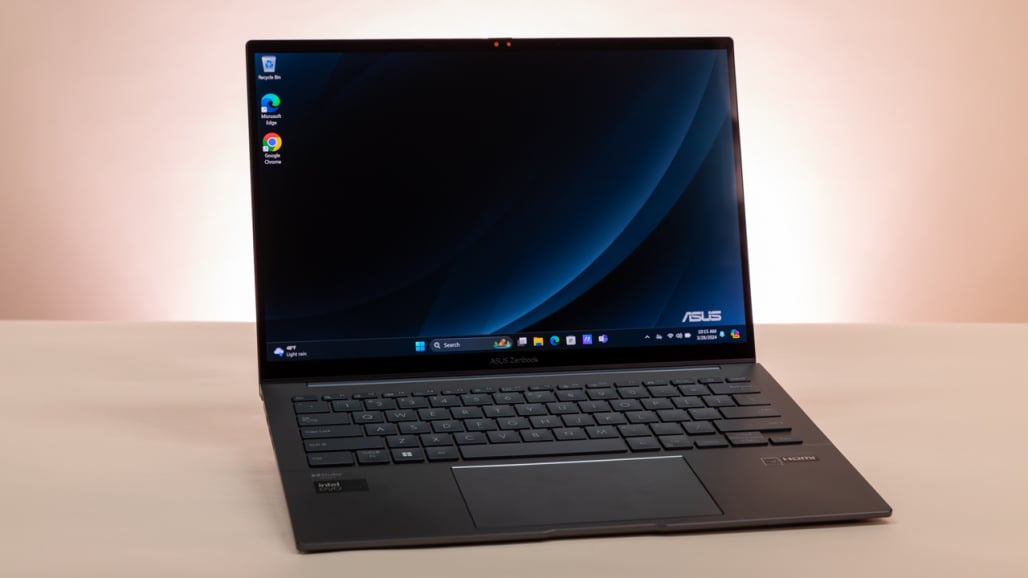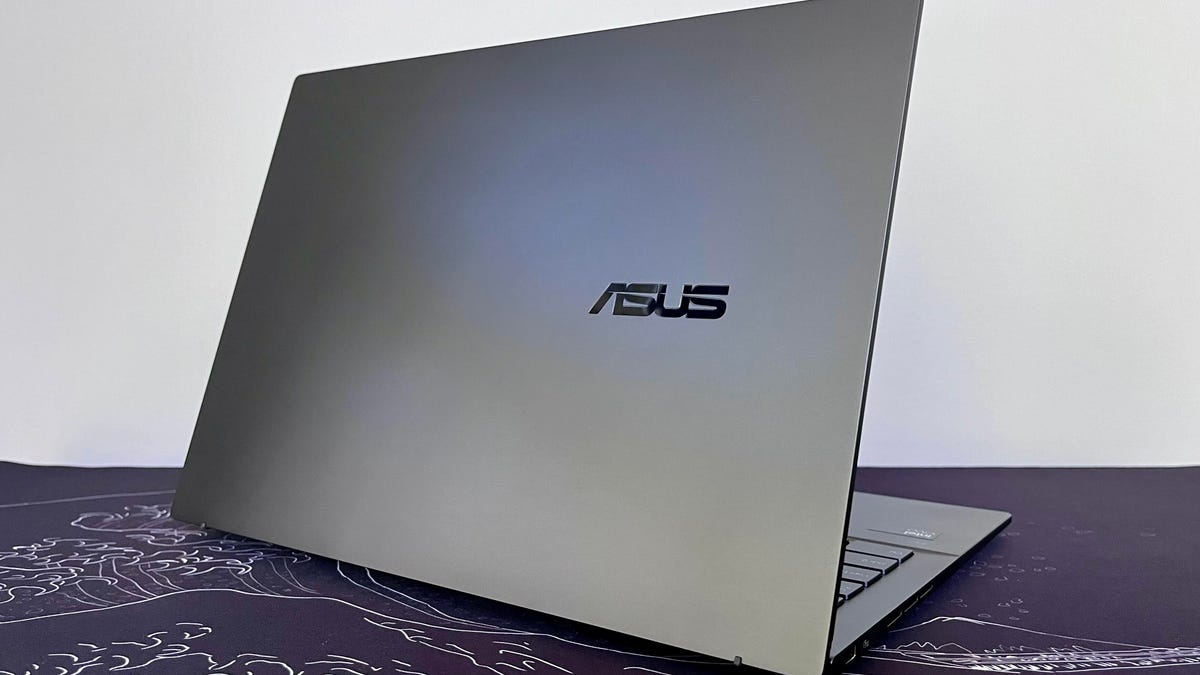Choosing Between the Surface Laptop 7 and ZenBook 14 OLED: A Detailed Comparison
Introduction
In the world of laptops, two models oft capture the attention of tech enthusiasts: the Microsoft Surface laptop 7 and the Asus zen book 14 OLED (q425). Both offer compelling features that cater to different user needs. This article delves into a comprehensive comparison of these two devices, aim to assist potential buyers in make an informed decision.
 Source: store.alnabaa.com
Source: store.alnabaa.com Design and build quality
When it comes to design, both the surface laptop 7 and thezen bookk 1OLEDed exhibit elegance and sophistication. Nonetheless, each bring its own unique aesthetics.
- Microsoft Surface laptop 7: Know for its minimalist design, the surface laptop 7 feature a sleek aluminum chassis, provide a premium feel. Its 13.8 inch display is compact and portable, make it ideal for professionals on the go.
- Asus zen book 14OLEDd( q425): The zen book’s standout feature isit soledd display, offer vibrant colors and deep contrasts. The14-inchh screen isslimyy larger, house in a slim and lightweight body, perfect for both work and entertainment.
Performance and specifications
Performance is a critical consideration for any laptop, and Hera, both models have their strengths.
- Surface laptop 7: Power by intel’s 10th gen processors, it delivers robust performance for everyday tasks. The device besides offer various ram and storage configurations, allow users to choose base on their needs.
- Zen book 14OLEDd: This model can feature AMD Ryzen processors or intel’s 11th gen processors, provide a slight edge in performance. The inclusion of an OLED display mean better battery efficiency, despite the power hungry nature of such screens.
Display quality
The display is where the zen book 14OLEDd shines, but the surface laptop 7 hold its own in terms of quality.
- Surface laptop 7: Equip with a pixel sense display, itoffersr sharp visuals and responsive touch capabilities. The aspect ratio of 3:2 provide more vertical space, which is beneficial for productivity tasks.
- Zen book 14OLEDd: The OLED screen offer unparalleled color accuracy and contrast, make it a delight for creatives and media consumers. The 16:9 aspect ratio is more suited for multimedia consumption.
Battery life
Battery life is crucial for users who need portability without frequent charging.
- Surface laptop 7: Offer up to 11.5 hours of battery life, which is adequate for a full day’s work or study sessions.
- Zen book 14OLEDd: Despite it soled display, it manages to offer competitive battery life, commonly roughly 10 hours, thanks to efficient power management.
Portability and connectivity
Both laptops are design with portability in mind, but there be differences in connectivity options.
 Source: acciyo.com
Source: acciyo.com - Surface laptop 7: Weigh around 2.79 pounds, it’s slender lighter. Yet, it hahasimited ports, offer usbUSB usbUSB ad a surface connect port.
- Zen book 14OLEDd: Slender heavier at approximately 3.06 pounds, it cocompensatesith a wider array of ports, include hHDMI uUSBc, uUSBaaand a mimicrosard reader, offer more versatility.
Real life example
Consider the case of a digital nomad who oftentimes travel for work and require a device that balance performance with portability. Initially, the surface laptop 7 was a strong contender due to its lightweight design and long battery life. Yet, the nomad finally chooses thezen bookk 1OLEDed for its superior display quality, which enhance video editing tasks, despitslenderly compromise on weight.
Conclusion
Both the Microsoft Surface laptop 7 and the Asus zen book 14OLEDd( q425) are excellent choices, each with its own set of strengths. The surface laptop 7 is ideal for those who prioritize a lightweight design and long battery life, while the zzen book14 OLED is perfect for users who value display quality and additional connectivity options. Finally, the choice depends on personal preferences and specific needs. For further exploration, consider visit tech review sites and user forums to gather additional insights.
